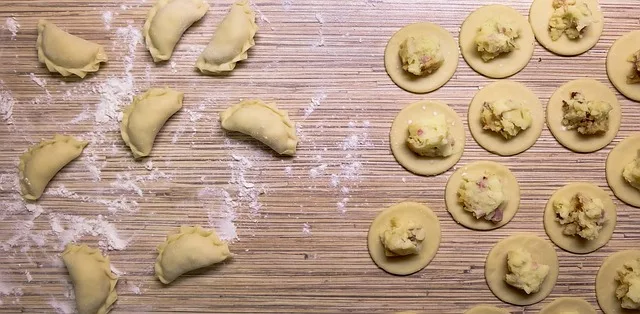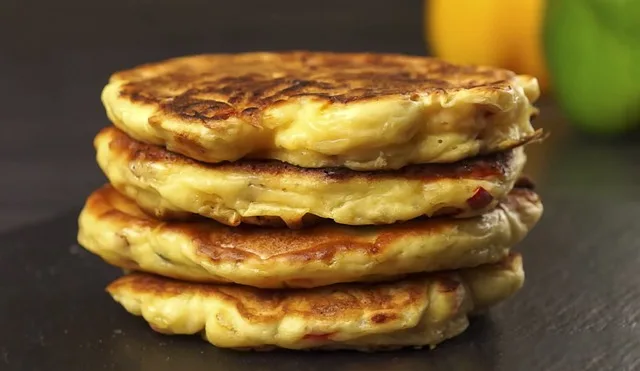First off, grab some warm water and dish soap. It’s like a dynamic duo for grease removal! Mix a few drops of dish soap into a bowl of warm water, dip a soft cloth in, and start wiping down those greasy surfaces. The warm water helps to loosen the grease, while the soap cuts through it like a hot knife through butter. Just remember to rinse with a clean, damp cloth afterward to avoid any soap residue.
If the grease is particularly stubborn, don’t fret! You can whip up a baking soda paste. Just mix baking soda with a little water until it forms a thick paste. Apply it to the greasy spots and let it sit for about 10-15 minutes. It’s like giving your cabinets a mini spa treatment! Afterward, scrub gently with a soft sponge and watch the grease lift away.
For those who prefer a more natural approach, white vinegar is your friend. Mix equal parts of vinegar and water in a spray bottle, spritz it on the greasy areas, and let it sit for a few minutes. The acidity in the vinegar works wonders on grease, breaking it down effortlessly. Wipe it away with a cloth, and voilà—grease be gone!
So, next time you find yourself staring at those greasy cabinets, remember these simple tricks. Your kitchen will thank you!
Say Goodbye to Grease: Top Tips for Spotless Kitchen Cabinets
First off, let’s talk about prevention. Just like you wouldn’t let a muddy dog run through your living room, don’t let grease accumulate on your cabinets. A quick wipe-down with a damp cloth after cooking can save you a world of trouble later. Think of it as a mini workout for your cabinets—just a few minutes of effort can keep them looking fresh!
Now, if you’re already facing the grease monster, grab some baking soda and vinegar. This dynamic duo is like Batman and Robin for your kitchen! Mix them to create a paste, apply it to the greasy spots, and let it sit for a few minutes. The fizzing action is not just fun to watch; it’s breaking down that stubborn grease. Wipe it away with a soft cloth, and voilà—your cabinets will shine like new!
For those stubborn spots that refuse to budge, consider using a mixture of warm water and dish soap. It’s like giving your cabinets a spa day! Just remember to rinse with clean water afterward to avoid any soap residue.
The Ultimate Guide to Grease-Free Kitchen Cabinets: Techniques That Work!
First off, let’s talk about prevention. You wouldn’t wear a white shirt while painting, would you? The same logic applies to your kitchen. Using splatter guards while frying can save your cabinets from a greasy fate. And if you’re a fan of cooking with oil, consider using a spray bottle for a more controlled application. It’s like giving your cabinets a protective shield!
Now, if the grease has already made its mark, don’t panic. A simple mixture of warm water and dish soap can work wonders. Grab a microfiber cloth—trust me, it’s a game-changer—and gently wipe down the surfaces. Think of it as giving your cabinets a spa day. For those stubborn spots, a paste of baking soda and water can act like a superhero, lifting away grime without scratching the finish.
And here’s a little secret: vinegar is your best friend. Mix equal parts vinegar and water in a spray bottle, and you’ve got yourself a natural cleaner that cuts through grease like a hot knife through butter. Just spray, wipe, and watch the magic happen!

So, whether you’re in the midst of a cooking frenzy or just doing a little spring cleaning, these techniques will keep your kitchen cabinets looking fabulous and grease-free. Who knew maintaining a kitchen could be this easy?
From Grimy to Gleaming: How to Banish Grease from Your Cabinets
First things first, gather your supplies. You’ll need a few household items: warm water, dish soap, baking soda, and a microfiber cloth. Think of these as your trusty sidekicks in the battle against grease. Start by mixing a few drops of dish soap into warm water. This bubbly concoction is like a superhero cape for your cleaning cloth, ready to tackle the toughest grime.
Now, dip your cloth into the soapy water and wring it out. You don’t want it dripping everywhere—just damp enough to do the job. Wipe down your cabinets, starting from the top and working your way down. It’s like painting a masterpiece; you want to cover every inch without missing a spot. For stubborn grease, sprinkle a little baking soda directly onto the cloth. It’s like adding a secret ingredient that packs a punch!
If you encounter particularly sticky spots, don’t hesitate to let the soapy solution sit for a minute. This is your chance to let the magic happen. After a brief wait, wipe it away, and watch the grease vanish like a magician’s trick. Rinse your cloth frequently to avoid spreading the grime around.
Once you’ve banished the grease, give your cabinets a final rinse with clean water. This step is crucial; it’s like giving your cabinets a refreshing shower after a long day. Dry them off with a clean microfiber cloth, and voilà! Your cabinets are now gleaming, ready to shine in all their glory.
Kitchen Cabinet Rescue: Effective Solutions for Stubborn Grease Buildup

First off, let’s talk about the power of vinegar. This kitchen staple isn’t just for salads; it’s a grease-fighting superhero! Mix equal parts of vinegar and water in a spray bottle, and you’ve got yourself a potent cleaner. Spray it on the greasy spots, let it sit for a few minutes, and then wipe it away with a microfiber cloth. It’s like magic—watch that grease vanish before your eyes!
But what if the grease is really stuck? Enter baking soda, your new best friend. Create a paste with baking soda and water, apply it to the stubborn areas, and let it sit for about 15 minutes. When you scrub it off, it’s like giving your cabinets a spa day. The gentle abrasiveness of the baking soda lifts the grime without scratching the surface.
And don’t forget about the power of dish soap! A few drops mixed with warm water can work wonders. Use a soft sponge to scrub away the grease, and rinse with a clean cloth. It’s like giving your cabinets a refreshing drink after a long workout.
Frequently Asked Questions
Are there any natural solutions for grease removal?
Natural solutions for grease removal include using ingredients like baking soda, vinegar, and lemon juice. Baking soda acts as a gentle abrasive, while vinegar and lemon juice help to cut through grease due to their acidity. Mixing these ingredients can create an effective paste or solution for cleaning greasy surfaces without harsh chemicals.
How do I prevent grease buildup on kitchen cabinets?
To prevent grease buildup on kitchen cabinets, regularly clean surfaces with a mixture of warm water and mild dish soap. Use a soft cloth or sponge to wipe down cabinets after cooking, especially around the stove. Consider applying a protective sealant or using cabinet liners to create a barrier against grease. Ensure proper ventilation while cooking to minimize grease accumulation.
Can I use vinegar to clean grease off my cabinets?
Vinegar is an effective natural cleaner for removing grease from cabinets. Its acidic properties help break down grease and grime, making it easier to wipe away. Mix equal parts of vinegar and water in a spray bottle, apply to the greasy areas, let it sit for a few minutes, and then wipe clean with a cloth.
What cleaning products should I avoid on kitchen cabinets?
Avoid using abrasive cleaners, bleach, ammonia-based products, and harsh solvents on kitchen cabinets, as they can damage the finish and wood. Instead, opt for gentle, pH-balanced cleaners specifically designed for cabinetry to maintain their appearance and longevity.
What are the best methods to remove grease from kitchen cabinets?
To effectively remove grease from kitchen cabinets, start by mixing warm water with a few drops of dish soap or vinegar. Use a soft cloth or sponge to gently scrub the greasy areas. For tougher stains, a paste of baking soda and water can be applied and left for a few minutes before wiping off. Always rinse with clean water and dry thoroughly to prevent moisture damage.